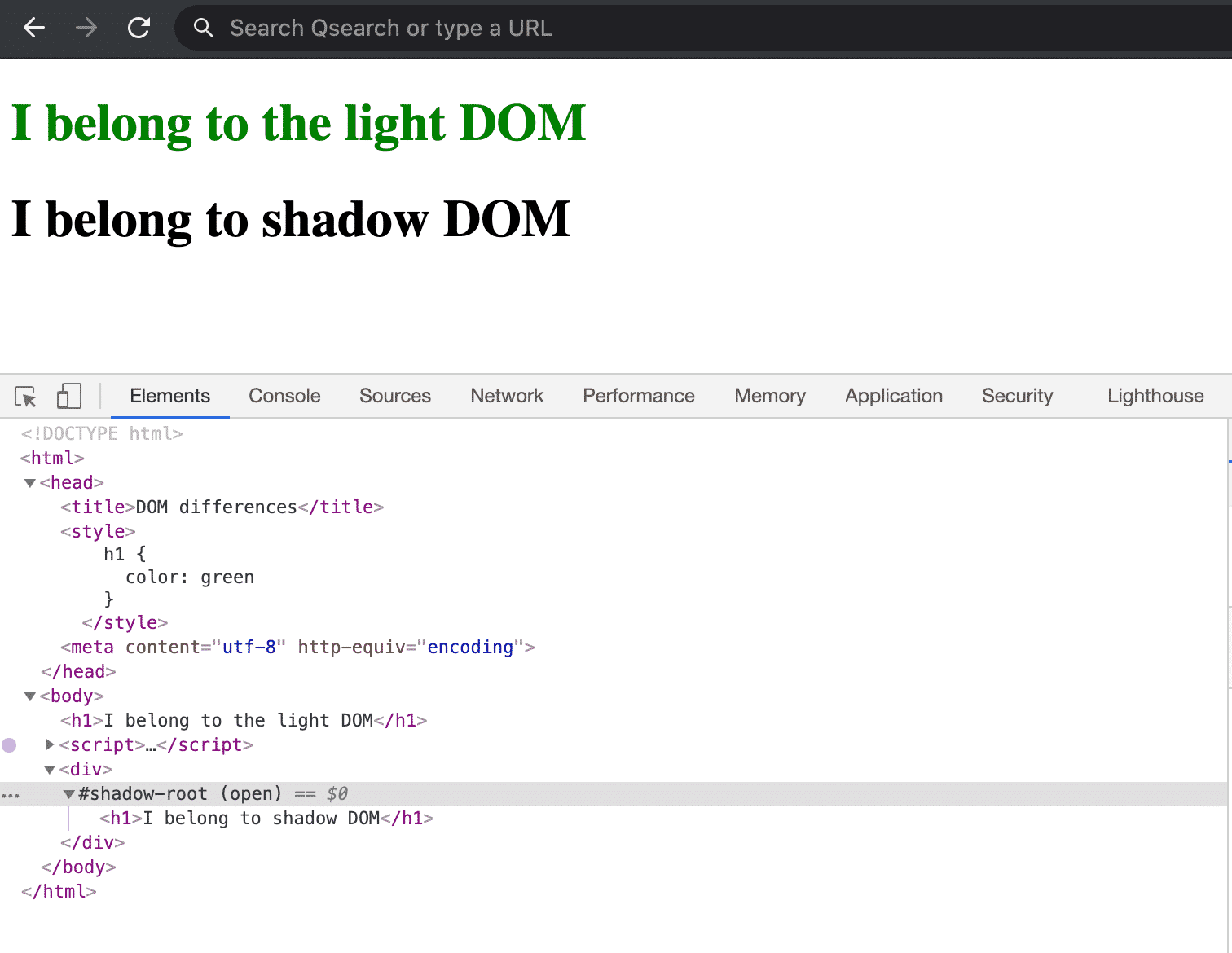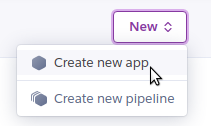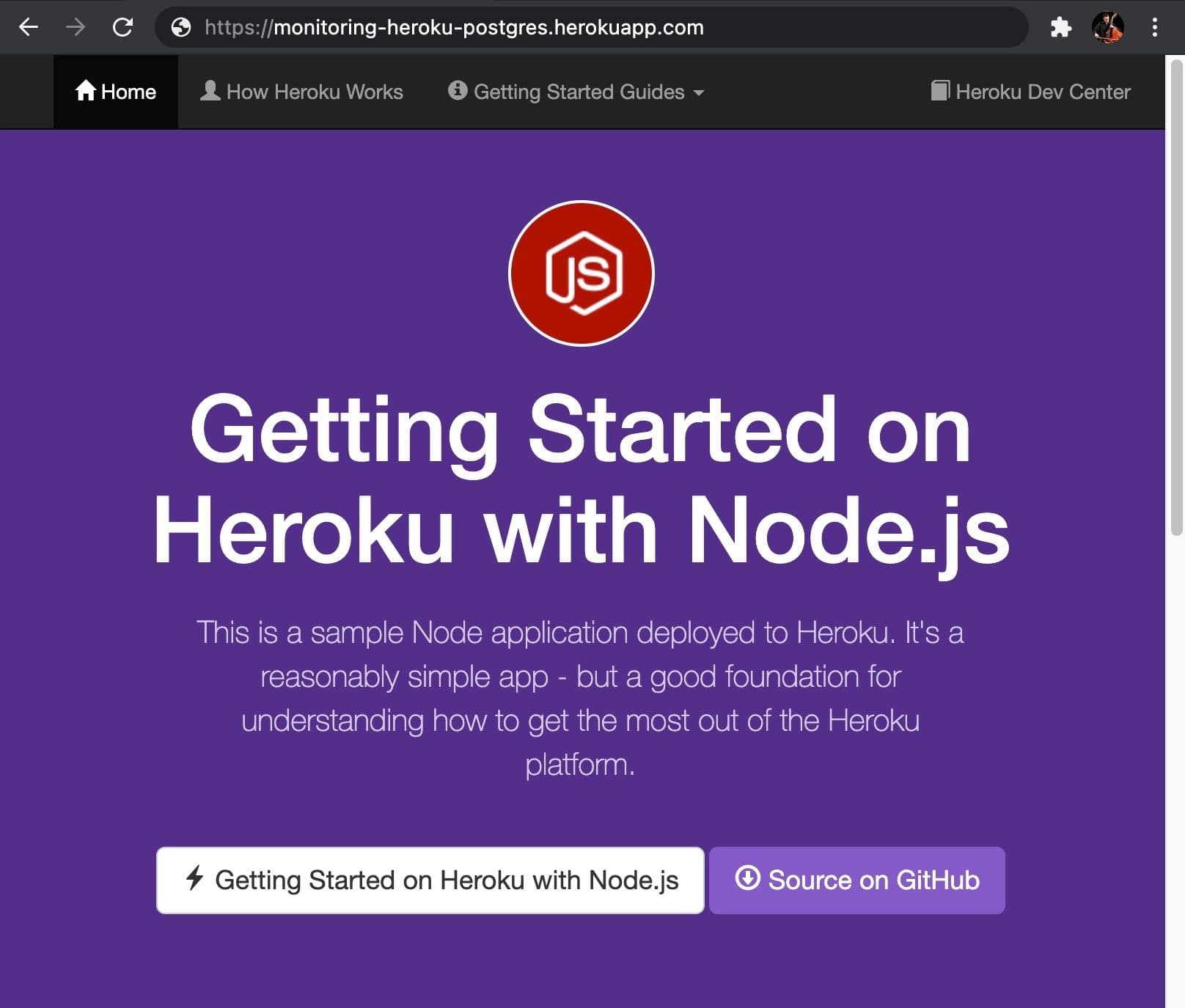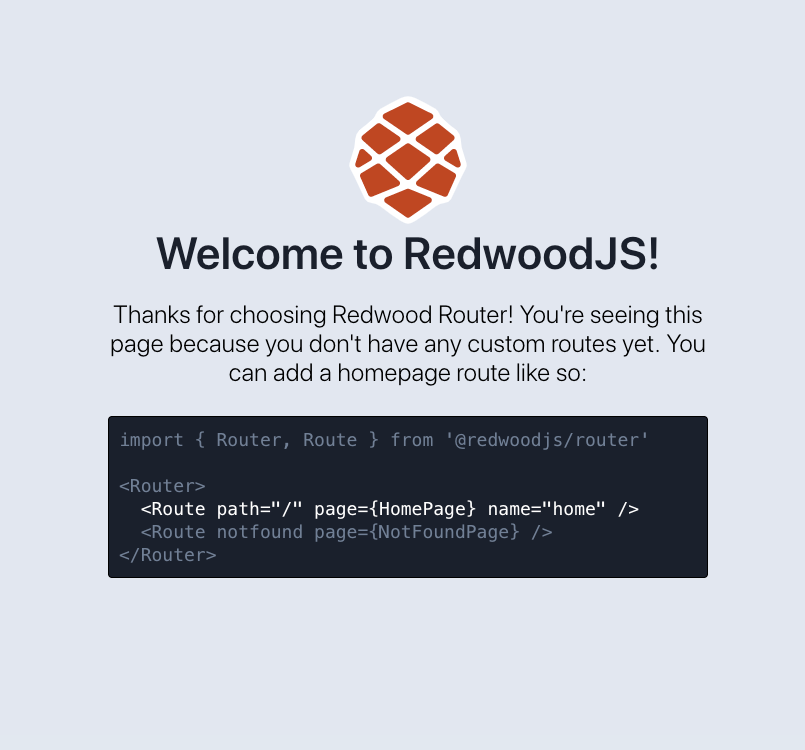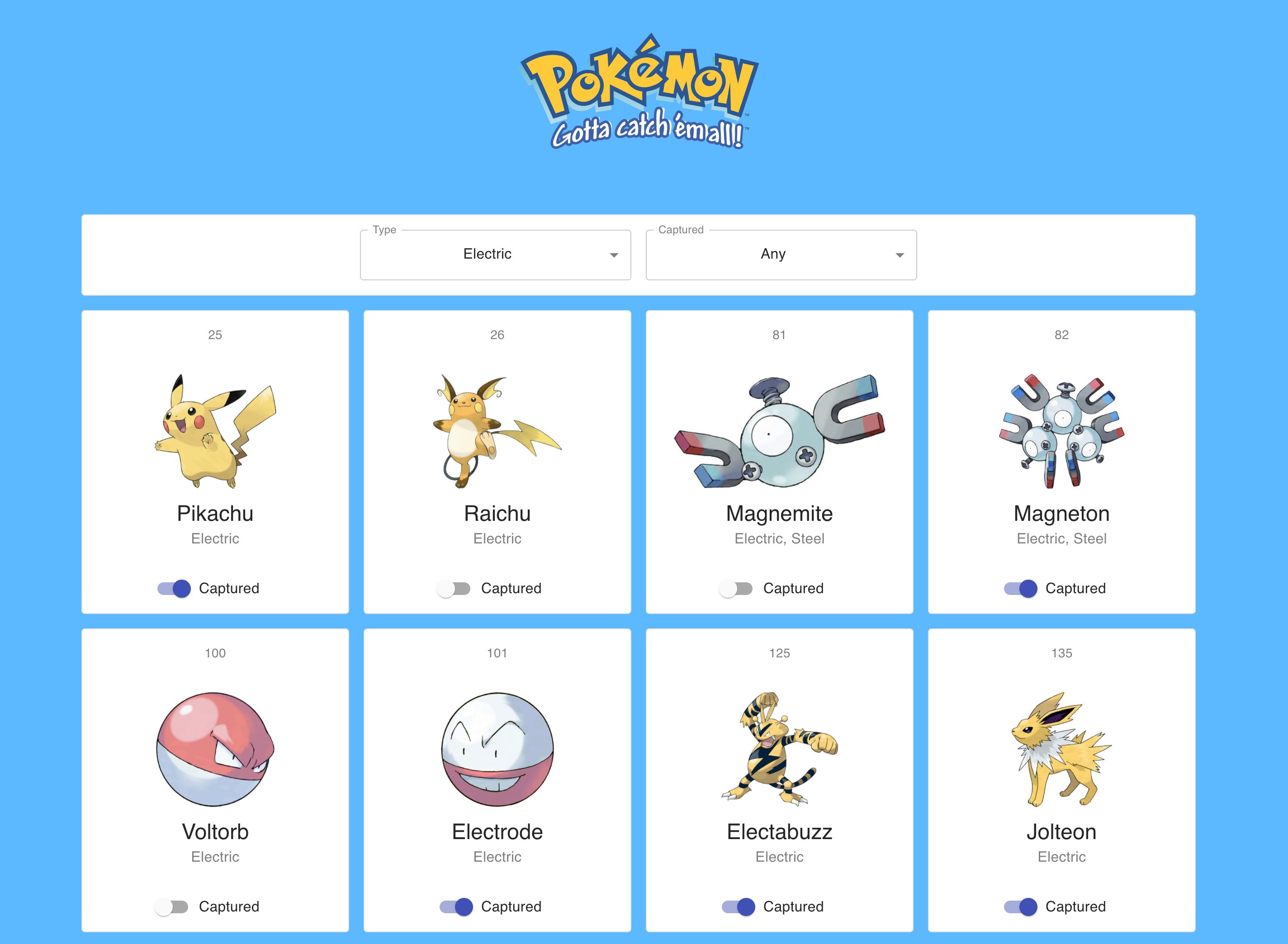Understanding Web Standards — Shadow DOM and Custom HTML Elements
February 12, 2021
You might already know that frontend development requires just three technologies upon which the entire web is built: HTML, CSS, and JavaScript. In the not-too-distant past, the feature set of these standards lagged behind the functional wishes of developers and designers. They couldn’t build the web sites they wanted to build with the tools they were given. To work around this, several independent teams each devised their own frameworks to supplement what was officially supported by browsers.


